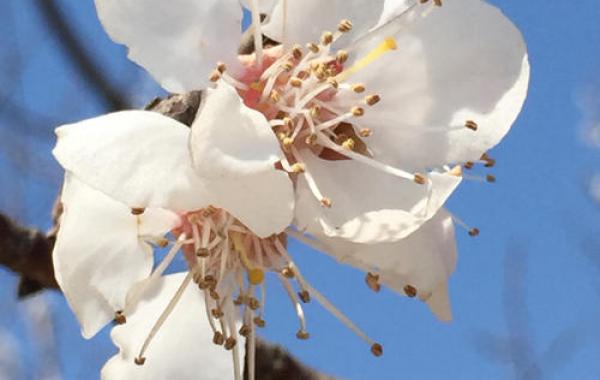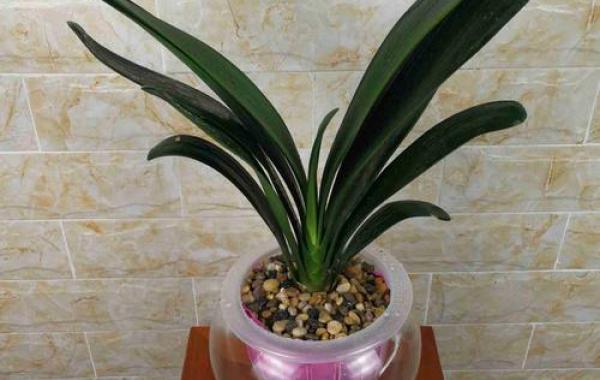How to deal with the root rot of Cymbidium?

How to deal with the root rot of Cymbidium.
Cymbidium is prone to root rot in the process of maintenance, at the beginning, only individual roots become brown and soft rot, and the aboveground plants are asymptomatic; then the fleshy roots rot, and the top leaves wilt when the sun is strong and evaporation is exuberant; in the later stage, the degree of root rot intensifies, the leaves become smaller, the color changes from green to yellow, and the new leaves grow slowly and less; finally, all the roots rot, and the leaves gradually dry up from bottom to top, and the whole plant dies.
Most of the pathogens causing root rot of Cymbidium are fungi. The pathogen overwintered on the diseased remains in the seedling or soil, could survive in the soil for many years, and invaded from the wounds such as root damage through cultivation operation, Rain Water transmission and so on. The causes of the disease are bacteria in soil, poor permeability of soil, improper application of water and fertilizer, serious underground insect pests and so on.
The root rot of Cymbidium can be prevented by disinfecting the basin soil and seedlings. The pot soil is watered thoroughly with 65% zinc 500 times solution or 50% thiophanate 1000 times solution. Before planting, the roots are soaked in 50% methyl topiramate 800 times solution for 10 minutes, and then cultivated after drying. Chemical control can be carried out at the beginning of the disease: irrigating the roots with 1500 times of 80% EC or 1200 times of dimethazone, once every 7 to 10 days, continuous irrigation for 2-3 times, the control effect can reach more than 95%. It is more beneficial to give full play to the efficacy when the basin soil is slightly dry. For the diseased plants whose fleshy roots have rotted but the aboveground parts have not died, the following first aid measures can be taken: first take out the diseased plants, wash the soil on the roots, thoroughly remove the decaying parts with a sharp knife, then soak the stem base in 0.1% potassium permanganate solution for 30 minutes, after taking out, apply charcoal ash to the wound to prevent corrosion and infection, then put it in a ventilated place to dry slightly, and then dip it in B12 (medical injection) solution before planting. The cultivated soil is fully mixed with 2:5:1 fine river sand, garden soil and rice chaff ash, then thoroughly disinfected with boiling water and used after cooling. This kind of potted soil has good air permeability, heat preservation and moisture retention, which is beneficial to the regeneration of new roots after diseased plants are planted. When the plant is planted, press the embedded part tightly with your hand so that the stem base is in close contact with the basin soil. After planting, the temperature is kept at 20-25 ℃, the potted soil can be slightly wetted, and it is not necessary to water it. Generally, it takes 30-40 days to produce new roots.
The growth of Cymbidium is thin, the leaves turn yellow gradually, and the new leaves grow slowly or do not send new leaves, which is likely to be caused by root rot. At this time, pour out the plant, remove the soil, and you will see that some or most of the roots have rotted.
Magnolia overwatered and waterlogged, high-temperature and humid environment or root injury, are easy to cause root rot. The prevention and control methods of root rot are as follows:
(1) the management should be strengthened according to the habits of Magnolia. Prevent continuous pouring of water and topdressing of thick fertilizer, resulting in fertilizer and root damage. When loosening the soil and changing or pouring the basin, it is necessary to prevent damage to the roots.
(2) when some of the roots rot, the rotten roots should be cut off. The part of the wound is smeared with plant ash or sulfur powder, and after the wound dries up slightly, it is replanted with a new basin and new basin soil. After planting, put it in a cool place indoors, control watering and pay attention to foliar spraying. After the growth is restored, the normal management will be restored gradually.
(3) if most or all of the roots rot, part or most of the old leaves should be cut off and the rotten roots should be cut off from the root neck. Smear the wound with plant ash or sulfur powder, wait for the wound to dry and shrink, plant the neck part into sterilized pure sand to make it take root again. After planting, put it in a cool place indoors, control watering and pay attention to foliar spraying to prevent the air from getting too wet and too much moisture in the sand. It is well managed, and new roots are expected to grow in about a month. After the new dropout grows, it can be transplanted into the pot.
Related
- Is the orchid suitable for indoor use? Is it good for the body?
- How to prevent the empty root of orchids?
- What to do after the crab claw orchid is withered?
- Why are the leaves of orchids always yellow? Fertilizing and watering.
- Can the root of the gentleman orchid be saved if it is rotten?
- Diagnosis and treatment of cotton-blowing beetle insects in Cymbidium
- There is a way for a gentleman's orchid to rot.
- What is the most suitable temperature and humidity for the orchid?
- How to raise a gentleman's orchid? Cultivation techniques of Cymbidium
- How to prepare the nutritive soil for the cultivation of Cymbidium



